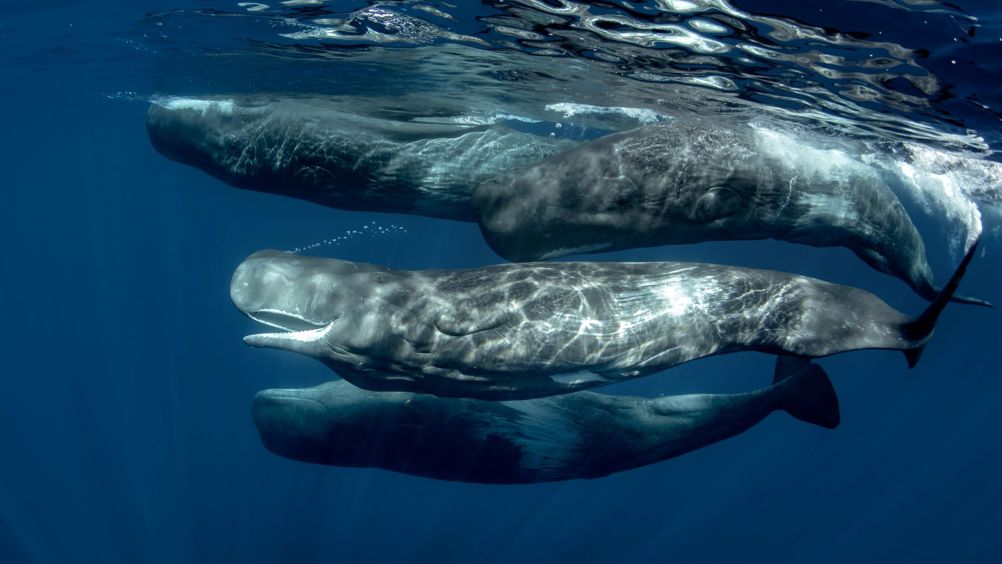Drones and AI help Harvard team eavesdrop on sperm whales
Engineers at Harvard University have used drones and a ‘reinforcement learning network’ to predict where sperm whales will surface and listen in on their conversations.

Described in Science Robotics, the new technology was developed to support Project CETI (Cetacean Translation Initiative), a major international programme aiming to capture millions of sperm whale vocalisations and ultimately understand how whales communicate. To do that, the CETI team must first identify spots where the tagged whales are likely to surface, so that the drones can maximise the number of times they rendezvous with the whales.
The CETI drones are equipped with very high frequency (VHF) signal sensing that uses signal phase and the drone’s motion to emulate an ‘antenna array in air’. Combining this with acoustic data from underwater sensors and pre-existing sperm whale motion models, the Harvard team has developed the AVATARS (Autonomous Vehicles for whAle Tracking And Rendezvous by remote Sensing) framework. AVATARS is a decision-making algorithm designed to increase the number of drone-whale interactions, ultimately helping Project CETI reach its goal quicker.
Register now to continue reading
Thanks for visiting The Engineer. You’ve now reached your monthly limit of news stories. Register for free to unlock unlimited access to all of our news coverage, as well as premium content including opinion, in-depth features and special reports.
Benefits of registering
-
In-depth insights and coverage of key emerging trends
-
Unrestricted access to special reports throughout the year
-
Daily technology news delivered straight to your inbox










Water Sector Talent Exodus Could Cripple The Sector
Well let´s do a little experiment. My last (10.4.25) half-yearly water/waste water bill from Severn Trent was £98.29. How much does not-for-profit Dŵr...